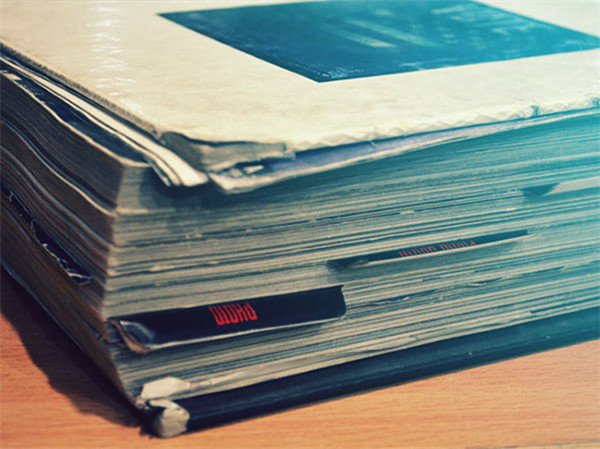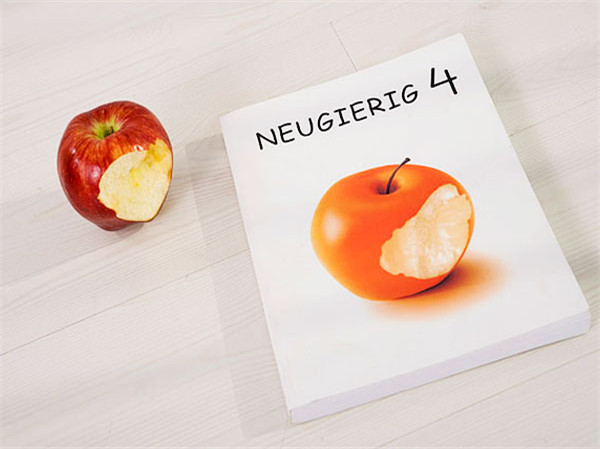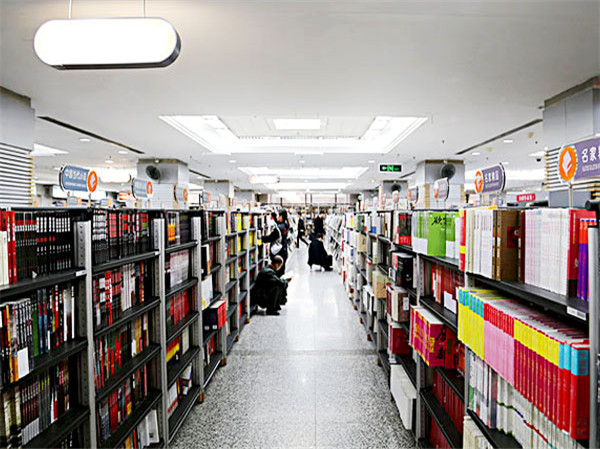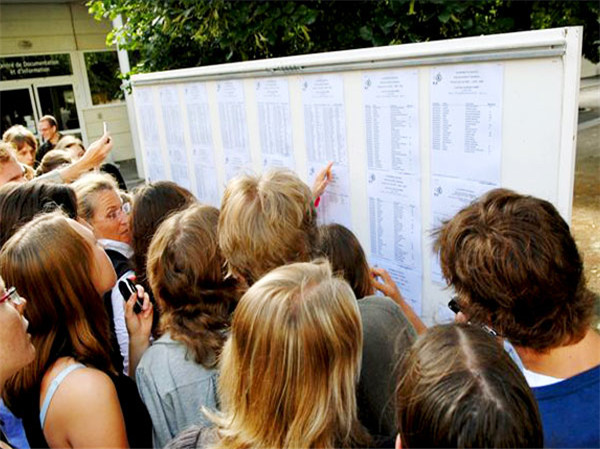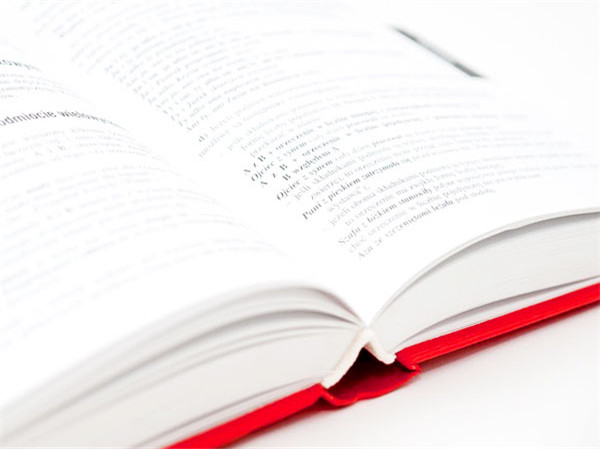官方真题Official模考软件是目前市面上唯一一款免费的托福备考工具,目前已更新到49套题(下载:官方真题Official1-49免费下载)。为了让大家更好的使用官方真题Official模考软件,这里小站教育编辑为大家整理了完整的官方真题Official真题题目、文本以及答案解析,希望对大家的托福备考有帮助。

Lecture 3音频mp3免费下载地址>>>http://bbs.zhan.com/thread-358587-1-1.html
官方真题Official 35-L3
Narrator:
Listen to part of a lecture in an art history class. The professor has been discussing the Italian Renaissance.
Professor:
In our discussion of Italian Renaissance paintings from the 1400s and early 1500s, we've looked at some masterpieces on canvas and on wood, but our discussion will be grossly incomplete without talking about frescos.
Frescos are basically paintings done on the interiors of buildings, on walls and ceilings. They weren't invented during the Renaissance. If you remember we looked briefly at frescos paintings way back in our discussion of ancient Romans and ancient Roman art a few weeks ago. But, it was much later during the Renaissance that the term fresco was commonly used. It's an Italian word that means literally fresh. And, well, to explain that, we have to get specific about technique.
Back then, most buildings had stone and brick walls with highly irregular surfaces. They weren't smooth. Also, the walls weren't completely waterproof. Moisture could seep in. buildings were often damp. There was no way to really control humidity inside buildings in those days. So, because frescos are done inside buildings on walls, well, the walls needed to be prepared before work could begin.
So for example, sometimes, thin reed mats were stuck onto the walls, so these thin reed mats would be like an additional layer between the original part of the wall and the frescos, the painted part of the walls that were done over them. The reed mats could smooth out the surface of a rough wall or could also provide that all- important protection from moisture or do both. So it was the wall, then the mats, then plaster on top of the mats, then the fresco painted onto the plaster.
Other times though, plaster was applied directly to the walls, a thick layer of plaster, to fill in spaces between the bricks, to smooth out the wall surface for painting the fresco. You see.
Plaster is a whitish kind of paste, a mixture of lime, water and sand. After you spread plaster on a surface, it'll harden, like cement does. But as I said, fresco means fresh. And that's because to create a fresco, the painting has to be applied very soon after the plaster has been spread over a surface, right on to the wet fresh plaster. By doing this, the painting actually becomes part of the plaster. Finishing a painting before the plaster dry was a real challenge for fresco painters.
The technique of creating frescos was developed overtime and eventually perfected during the Renaissance, a time when immense buildings were being erected as symbols of wealth and power, very large buildings, which people wanted decorated on the inside as well as the outside. The owners of these grand buildings wanted to decorate the walls to reflect their own affluence and prestige.
Now, few people would argue with the greatness of artists from that period, Michelangelo, Raphael. But there is this popular mental image people have of an artistic genius producing a masterpiece in total solitude. Well, that idea is fine for canvas painting or other small works, but a practical reality of fresco painting in the Renaissance was collaboration. The sheer dimensions of the surfaces involved, plus the physical properties of the plaster, meant it was inevitable that Renaissance artists would rely on assistants, apprentices they were called, to help create their masterpieces. Artists had to plan the work carefully, divide it into several days. Each day was a repetition of the same technical process. Apprentices mix paints, prepare the plaster, spread it on one section of the wall or ceiling, then finally paint on the wet plaster This had to be done within a few hours before the plaster dried. So they go through that whole process in one day on one section. The next day they'd move on and do it again on an adjacent part. So any fresco commissioned to an artist was, for practical reasons, commissioned to a whole team.
Now, I am not saying a genius like Michelangelo lacked the skill to paint the enormous ceiling of The Sistine Chapel by himself, but he probably would have had to live until he was 200 years old to finish the ceiling's frescos like that without anyone's help. So although we aren't sure exactly how many people took an active role in actually painting the ceiling, we can see areas which are really inferior to Michelangelo's work that must have been painted by his apprentices.
希望这些官方真题Official真题音频文本对大家备考托福有帮助。最后,小站教育编辑预祝大家托福考试能取得理想的托福成绩。
官方真题Official35 Lecture 3 题目文本及答案解析查看如下:
题目文本>>>http://toefl.zhan.com/官方真题Official56141.html
答案解析>>>http://toefl.zhan.com/官方真题Official56139.html
相关资料
相关推荐
-
【官方真题Official托福阅读】官方真题Official3托福阅读词汇真题练习——pales&significance
2015-11-19![【官方真题Official托福阅读】官方真题Official3托福阅读词汇真题练习——pales&significance]()
-
【托福听力备考】官方真题Official听力高频词汇——文学讲座学科词汇汇总
2015-11-06![【托福听力备考】官方真题Official听力高频词汇——文学讲座学科词汇汇总]()
-
托福到底能考多少分?19年必练真题告诉你答案
APP专享![托福到底能考多少分?19年必练真题告诉你答案]()
-
【官方真题Official托福阅读】官方真题Official3托福阅读词汇真题练习——ensuing&initial
2015-11-19![【官方真题Official托福阅读】官方真题Official3托福阅读词汇真题练习——ensuing&initial]()
-
【官方真题Official托福阅读】官方真题Official3托福阅读词汇真题练习——guarantee&ensure
2015-11-19![【官方真题Official托福阅读】官方真题Official3托福阅读词汇真题练习——guarantee&ensure]()
-
【官方真题Official托福阅读】官方真题Official3托福阅读词汇真题练习——arduous&difficult
2015-11-19![【官方真题Official托福阅读】官方真题Official3托福阅读词汇真题练习——arduous&difficult]()
-
【官方真题Official托福模考】官方真题Official4托福阅读词汇真题练习 adjacent&nearby
2015-12-04![【官方真题Official托福模考】官方真题Official4托福阅读词汇真题练习 adjacent&nearby]()
-
官方真题Official4托福阅读词汇真题练习——rebound&decline
2015-12-04![官方真题Official4托福阅读词汇真题练习——rebound&decline]()
-
【托福阅读备考】官方真题Official1托福阅读词汇真题练习——plugged&washed
2015-11-09![【托福阅读备考】官方真题Official1托福阅读词汇真题练习——plugged&washed]()
-
官方真题Official5托福阅读词汇真题练习——promote&complicate
2015-12-09![官方真题Official5托福阅读词汇真题练习——promote&complicate]()
-
【官方真题Official托福阅读】官方真题Official3托福阅读词汇真题练习——devised&suggested
2015-11-19![【官方真题Official托福阅读】官方真题Official3托福阅读词汇真题练习——devised&suggested]()
-
【官方真题Official托福阅读】官方真题Official3托福阅读词汇真题练习——particular&final
2015-11-19![【官方真题Official托福阅读】官方真题Official3托福阅读词汇真题练习——particular&final]()
-
【官方真题Official托福阅读】官方真题Official3托福阅读词汇真题练习——integral&variable
2015-11-19![【官方真题Official托福阅读】官方真题Official3托福阅读词汇真题练习——integral&variable]()
-
官方真题Official8托福阅读词汇真题练习——disruption&exhaustion
2015-12-18![官方真题Official8托福阅读词汇真题练习——disruption&exhaustion]()
-
【小站推荐】官方原题Official模考软件之考托模考测试题C1
2014-05-04![【小站推荐】官方原题Official模考软件之考托模考测试题C1]()
-
【托福阅读备考】官方真题Official1托福阅读词汇真题练习——autonomous&artistic
2015-11-09![【托福阅读备考】官方真题Official1托福阅读词汇真题练习——autonomous&artistic]()
-
【托福听力备考】官方真题Official听力高频词汇——歌剧讲座学科词汇汇总
2015-11-06![【托福听力备考】官方真题Official听力高频词汇——歌剧讲座学科词汇汇总]()
-
【官方原题Official模考软件】小站推荐考托模考测试题B1
2014-05-04![【官方原题Official模考软件】小站推荐考托模考测试题B1]()
-
官方真题Official5托福阅读词汇真题练习——afford&offer
2015-12-09![官方真题Official5托福阅读词汇真题练习——afford&offer]()
-
官方真题Official5托福阅读词汇真题练习——overwhelm&powerful
2015-12-09![官方真题Official5托福阅读词汇真题练习——overwhelm&powerful]()
-
【托福阅读备考】官方真题Official1托福阅读词汇真题练习——out of sight
2015-11-09![【托福阅读备考】官方真题Official1托福阅读词汇真题练习——out of sight]()














